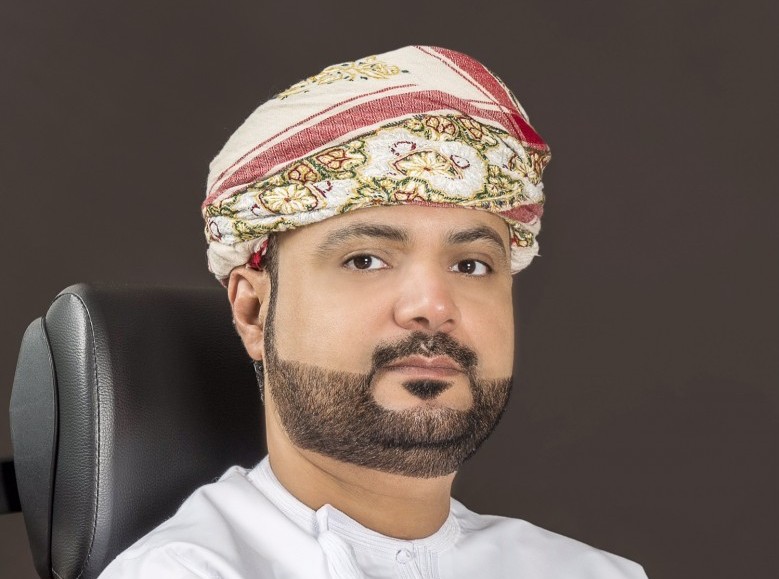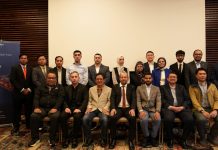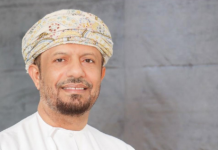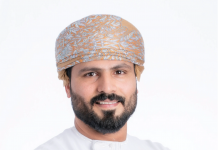Talal Said Marhoon Al Mamari, CEO, Omantel shares his thoughts on the company’s performance, investment in infrastructure upgradation and future plans. Mayank Singh reports
Can you give us an overview of Omantel’s performance in 2016 and Q1 2017?
The company’s revenue reached RO132.6mn in Q1 2017, while the net profit reached RO23.8mn compared to RO34.8mn in the same period of 2016. The dip in profits is attributed to the royalty increase from seven per cent to 14.3 per cent effective January 1, 2017. This is evident from our operating expenses which increased by 3.3 per cent from RO93.5mn to RO106.9mn. This is also a result of our continuous investment in modernising our network, despite tremendous pressure on price sensitive telco services in the Sultanate and increased regulatory challenges.
What kind of investments and measures are being taken to improve infrastructure?
Omantel has built the most robust telecommunications network in Oman, delivering superior coverage, speed and service. Since inception, we have worked relentlessly to connect even the most remote parts of the Sultanate. Despite a challenging economic and political conditions, we continue to make significant investments to improve the quality of our network to better serve our customers and their connectivity needs. For example,
Omantel’s investments in the construction and expansion of its networks exceeded RO143mn in 2016, which has contributed to raising the volume of 3G coverage to 96 per cent and 4G coverage to 86 per cent in inhabited areas. As part of our commitment to lead Omani digitisation, we set a goal to increase the speed and quality of our services to reach 10 megabits per second (Mbps) by 2020. This target will put Oman at the forefront of digital connectivity in the GCC.
Please share details of Omantel’s 3.0 strategy?
The Omantel 3.0 strategy is based on four pillars including digital inclusion, exceeding customer expectations, innovation in our offerings, and agile business management. The Omantel 3.0 strategy has been designed to drive performance and focus the company’s efforts over a period of six years, from 2015-2020. The objective is to continue to build on our brand, emphasise on enhanced customer experience and bring innovative and affordable services to our valued customers. Under this strategy, we will pursue new markets, develop new services and diversify our investment portfolio with the aim of achieving sustainable growth while maximising shareholder returns and stakeholder value.
Sustainability had been an important value for the company. Please enlist some major achievements in this arena?
Sustainability is at the core of our new Corporate Strategy and a fundamental priority for the long term success of our business. We believe that our business will continue to grow and flourish as we leverage the economic, social and environmental contributions we provide to the wide range of stakeholders that we engage with. We have committed an investment of RO500,000 in 2016 towards advancing our CSR commitment, which strategically targets three important areas – digital inclusion, environment and youth empowerment in the Sultanate. We have also funded several programmes directly, as well as worked with partners, including community institutions, to design digital literacy initiatives covering students, parents, teachers, and aspiring entrepreneurs, among others. For instance, last year we signed a memorandum of understanding (MoU) with the Ministry of Education to distribute 3,500 tablet devices to over 100 schools in the Sultanate. In keeping with our commitment to sustainable development and digital inclusion, the next few months will see us introducing a number of community initiatives that will further help the Sultanate achieve its diversification goals.
The increase on royalty fee impacted the company’s bottom-line in Q1, 2017. Is this going to affect your profitability significantly this year?
The increase in royalty fee has impacted the company’s financial performance as evident in the Q1 earnings. This, coupled with significant demand for price sensitive services, has put added pressure on telecom operators. As the advent of the third operator becomes a reality, the next few years will present significant challenges for existing telecom operators. That being said, Omantel is uniquely positioned to unlock opportunities for further growth in the Sultanate and in the wider region, underpinned by our ability to understand the needs of our customers. In this regard, customer experience and innovation have emerged as key differentiators in the telecom sector. Omantel, over the past few months have worked hard to introduce some of the most innovative products and services, thanks to our Omantel 3.0 strategy. Currently, we are working on a number of propositions that will potentially transform the telecom sector in the Sultanate.
With the mobile market having a 150 per cent plus penetration, are broadband and data the new frontiers of growth?
Internet consumption in the region is witnessing double-digit growth. Recent statistics reveal that the use of internet in the Middle East region is increasing by 15 per cent annually – among the highest in the world and is approaching the 150 million mark.
Naturally, this is providing new opportunities to harness broadband and data. For example, we launched the Fiber to the Home (FTTH) technology in Oman a few years ago to provide the fastest and most comprehensive range of internet applications. Moreover, our partnership with Oman Broadband Company (OBC) enables us to reach customers in areas that are covered with OBC FTTH network. Today, Omantel owns the largest FTTH in the country. We are committed to extend FTTH to newly planned areas as an alternative to the copper cables that were used in the past.
FTTH was a remarkable leap in the application of modern communications technology that can provide a comprehensive variety of entertainment options and value added services for both the home and business users through a high speed connection network.
Have over the top (OTT) players in the market dented your average revenue per user (ARPU)?
Emergence of OTTs has impacted ARPUs across the board and in different parts of the world. However, on the other hand we believe this also brought a lot of animation to the sector. They have been able to create revolutionary growth in digital within the industry, while it has killed the potential in many of the conventional businesses. We see OTT as an opportunity to be more innovative and to look at means and ways to curtail as much as possible the impact on our ARPUs and to provide services which are closer to the heart of customers, which will bring the convenience, ease and creativity that the OTTs can bring.
Will the entry of the third mobile operator pose a major challenge and how do you plan to negotiate this threat?
The introduction of a third operator will naturally increase competition – but as the largest telecommunications provider in the Sultanate with infrastructure that supports the digitisation of the Sultanate, we believe that Omantel’s strong lineage coupled with its contribution to enhancing the telecom landscape will differentiate us from competitors. Our decades of experience has enabled us to introduce several innovative solutions, high-quality networks and attractive prices that are hard to beat. We are confident of our future in the Sultanate despite such regulatory challenges.







